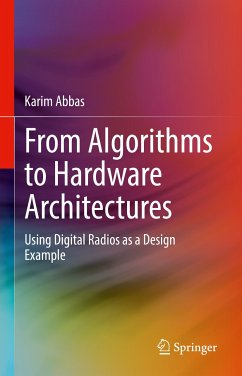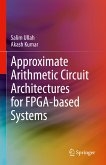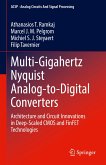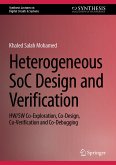This book uses digital radios as a challenging design example, generalized to bridge a typical gap between designers who work on algorithms and those who work to implement those algorithms on silicon. The author shows how such a complex system can be moved from high-level characterization to a form that is ready for hardware implementation. Along the way, readers learn a lot about how algorithm designers can benefit from knowing the hardware they target and how hardware designers can benefit from a familiarity with the algorithm. The book shows how a high-level description of an algorithm can be migrated to a fixed-point block diagram with a well-defined cycle accurate architecture and a fully documented controller. This can significantly reduce the length of the hardware design cycle and can improve its outcomes. Ultimately, the book presents an explicit design flow that bridges the gap between algorithm design and hardware design.
- Provides a guide to baseband radiodesign for Wi-Fi and cellular systems, from an implementation-focused, perspective
- Explains how arithmetic is moved to hardware and what the cost of each operation is in terms of delay, area and power
- Enables strategic architectural decisions based on the algorithm, available processing units and design requirements
Dieser Download kann aus rechtlichen Gründen nur mit Rechnungsadresse in A, B, BG, CY, CZ, D, DK, EW, E, FIN, F, GR, HR, H, IRL, I, LT, L, LR, M, NL, PL, P, R, S, SLO, SK ausgeliefert werden.









